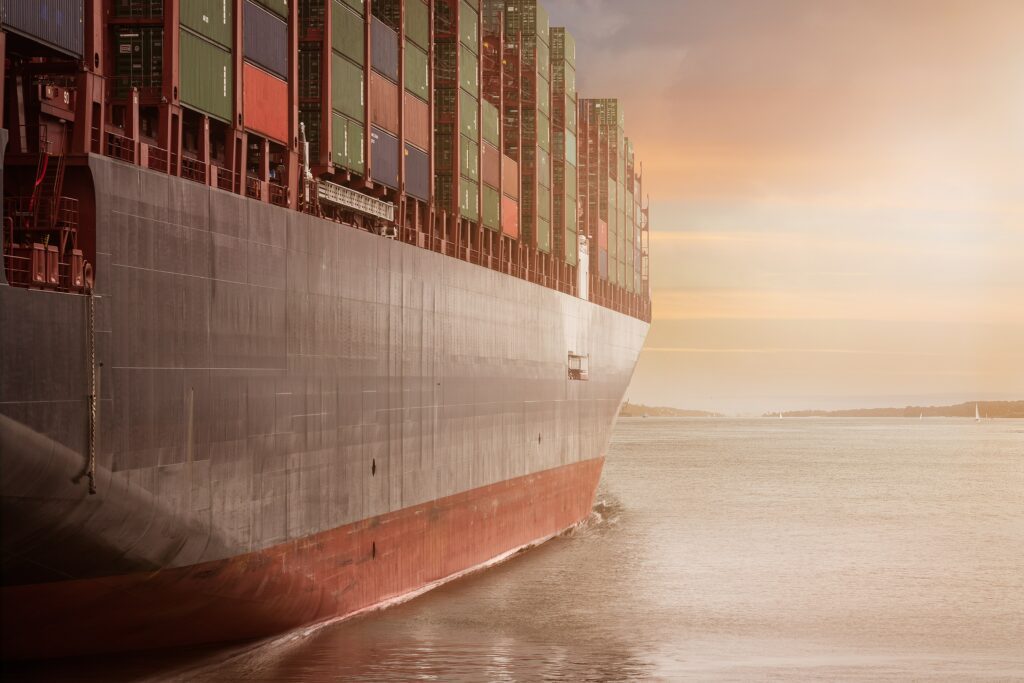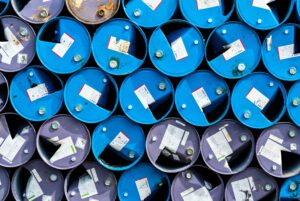Lately, supply chains have been under increased scrutiny both for their effectiveness and for the ways they may violate human rights and environmental protections. As a result, countries across the world are beginning to examine the possibility of regulating supply chains to prevent human rights abuses and environmental risks. Recently, Germany enacted the German Supply Chain Act, and the European Union (EU) is currently considering a European Supply Chain Act.
If you operate within the EU or supply to a company in the EU, it is important to understand what the possible new European Supply Chain Act will include and how this will affect your company operations. You can then begin to prepare, before the Act goes into effect.
What is the European Supply Chain Act?
On February 23, 2022, the European Commission unveiled its draft directive on supply chain compliance requirements: the Corporate Sustainability Due Diligence Directive (CSDD). The draft was adopted by the European Council in December 2022. The next step will occur in May 2023, when the EU Parliament will reconcile various positions on the implementation of the regulation.
CSDD would require companies to document their social and environmental impacts and activities in their supply chains, which is understood to include companies’ own internal operations.
As is the case with EU Directives, each of the EU member states will have two years after the Directive is adopted to transpose it into their own national laws. Countries with their own supply chain laws, such as Germany where the new German Supply Chain Act is already in force, will have to adjust their federal legislation.
What Will the Applicability and Scope of the Law Be?
The draft legislation would apply to companies with legal standing in an EU member state who have more than 500 employees and/or greater than €150 million in annual revenues. Approximately 10,000 companies may meet these criteria.
For other industries classified as high-risk sectors (e.g., the textile/leather, agriculture/forestry, and fisheries/mining industries), the law could apply to a broader set of companies. This would include companies with more than 250 employees and annual revenues greater than €40 million. An estimated 3,500 companies would fall under this definition. There would also be a transitional period of two years for these industries.
Companies who are not legally included in the Directive’s scope will still be indirectly affected, as they may have a role as a supplier to a larger company who must demonstrate supply chain compliance.
What Will Be Required Under the European Supply Chain Act?
Companies falling under the legal scope of the Directive will need to exercise and demonstrate full supply chain due diligence insofar as they impact human rights and the environment. This may include, for example:
- Performing due diligence to prevent future instances of violations and specifying this in the companies’ management systems.
- Creating and enforcing a mechanism whereby complaints can be registered.
- Determining any negative impacts on human rights and the environment that may exist within the companies’ supply chains. Once these have been identified, companies must then take appropriate measures to correct them.
- Specifying how your company will support the targets of the Paris Climate Agreement.
- Publicly disclosing these activities in a transparent way.
How Does the EU Supply Chain Act Compare to the German Supply Chain Act?
Germany’s Supply Chain Act bears similarities to the EU’s Act, but the consensus is that the EU Supply Chain Act will have broader implications. For instance, the German law is limited to companies with greater than 3,000 employees until 2024, when it then expands to include companies with more than 1,000 employees. By contrast the EU law would include companies with as few as 250 employees in its scope.
The EU Directive also addresses the lower tier levels of the supply chain whereas the German Act does not include the parts of the supply chain that are below the Tier 1 level.
Perhaps most notably, the EU Directive includes the possibility of direct personal liabilities for executive officers of EU companies, leaving them subject to lawsuits.
How Should I Prepare for the European Supply Chain Act?
Companies should begin by examining where their purchased components are coming from, what manufacturing processed are used, and what the impacts of these processes may be on the environment. Special attention should be paid to supply chains that are situated in higher-risk regions of the world.
Understanding the full scope and impact of your supply chain will set you up for compliance success once the European Supply Chain Act goes into force. If you need help preparing for these new compliance requirements, contact Tetra Tech at [email protected]. We can help you understand what your requirements may be under the European Supply Chain Act, examine your supply chain, and set up a successful compliance plan.






